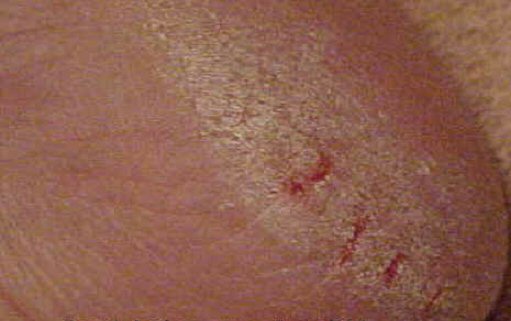 During the winter our skin is generally drier and itchier. Our feet are not exempt from this problem. Many people get cracked heels, also known as heel fissures, during this time of year. Cracked heels are generally not a serious condition, but if the cracks go deep enough, they can become painful to stand or walk on, with the potential for bleeding.
During the winter our skin is generally drier and itchier. Our feet are not exempt from this problem. Many people get cracked heels, also known as heel fissures, during this time of year. Cracked heels are generally not a serious condition, but if the cracks go deep enough, they can become painful to stand or walk on, with the potential for bleeding.Dry skin, or xeorsis, can be aggravated by wearing open backed shoes, weight increases, or increased friction from your shoes. Cracked, dry skin can also be a sign of diabetes or neuropathy. Other causes of cracked heels are standing on your feet for long periods of time, and skin conditions like eczema. There are often calluses and a yellow or brown ring around the heel. As we age, compounded with the previously mentioned factors, the fat pad between our bones and skin deteriorates and moves sideways, giving us less protection where we need it the most.
What can you do at home to help your cracked heels? If the condition is not serious, you can use a pumice stone to remove some of the dead skin. Applying a good, oil-based moisturizer regularly will provide immediate relief. Try to eliminate open backed shoes from your wardrobe and never do "bathroom surgeries" with sharp knives or razors as this is an easy way to get an infection.
For cases that are serious, here at Central CT Foot Care Center we can debride the thick skin. We will advise you on proper footwear and may recommend orthotics or inserts to help if your fat pad is wearing away. A prescription for a moisturizer may be prescribed and we may strap the heel while the cracks are healing.
Dr. Tina A. Boucher, DPM
Central Connecticut Foot Care, LLC
Podiatrist in Meriden CT
http://www.centralctfootcare.com/
Order your free copy of our books "Why Do My Feet Hurt?" and "Heal My Heel!" today!
No comments:
Post a Comment